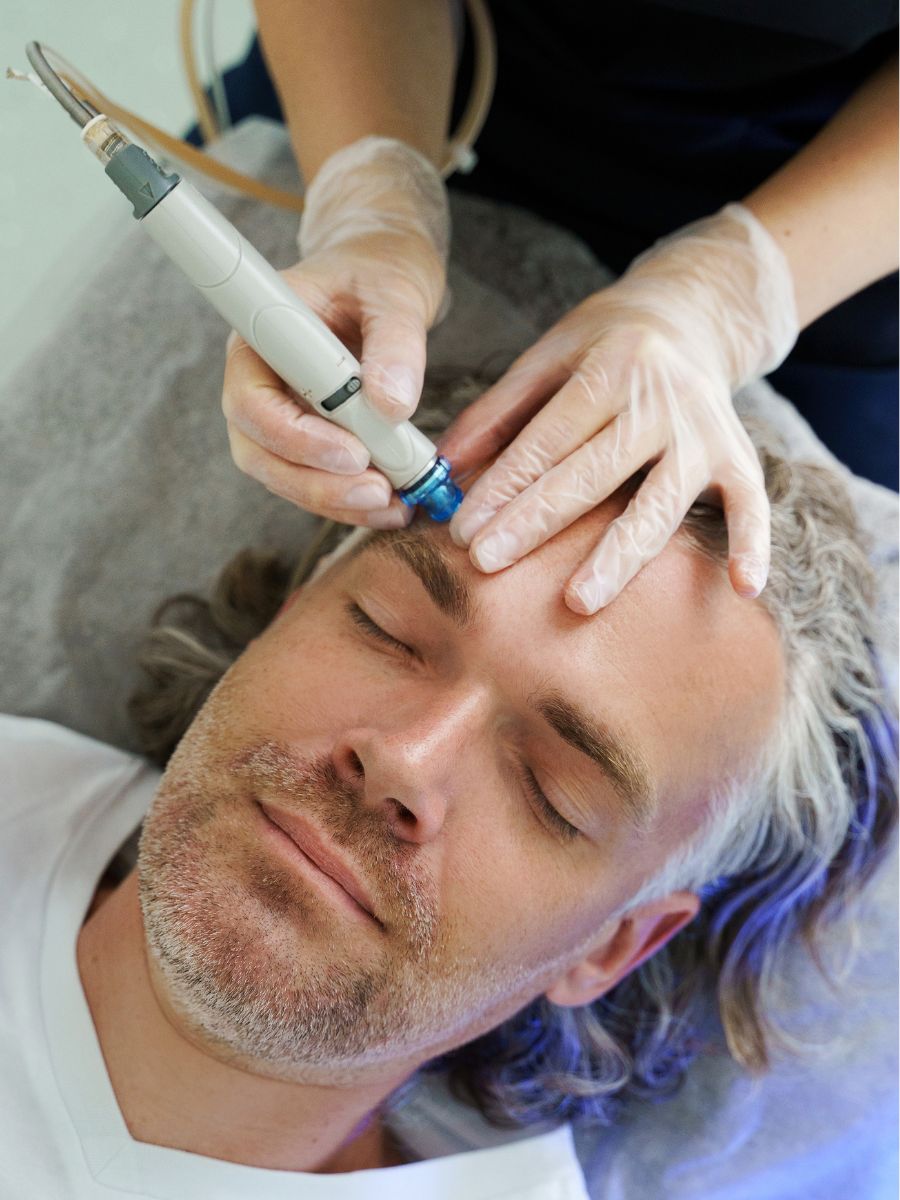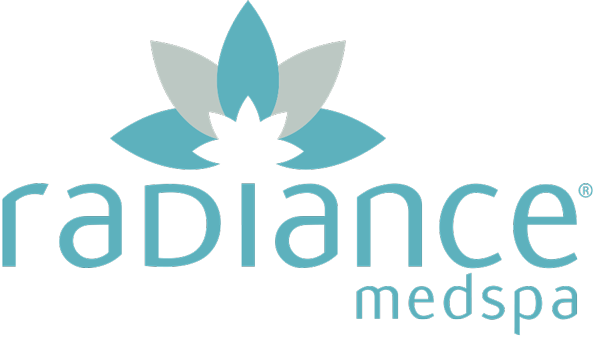By Allure Editors, published Feb 24, 2023. Read Original Article here.
Somewhere in the world, a HydraFacial is performed every 15 seconds. Don't even try to do the math: This essentially amounts to two million treatments done globally last year alone. This is a facial, people. A FACIAL.
Sure, everyone loves facials. Getting one is not only a nice treat for your skin, but it is also loaded with skin benefits. So what makes a HydraFacial so special and different from the rest? Most facials target very specific skin concerns and some are too harsh for those with any sort of sensitivity. The HydraFacial, however, is tolerable on most, if not all, skin types. And the risk of experiencing any negative side effects after the treatment is very low.
If it sounds too good to be true, don’t just take our word for it. Ahead, leading dermatologists weigh in on precisely what makes the HydraFacial such a phenomenon.

Available at Radiance Avon

What is a HydraFacial and what are its benefits?
The HydraFacial involves the use of a "medical-grade hydradermabrasion device that carries out a patented three-part regimen — cleansing, exfoliating, and then infusing skin with intensive serums," explains Sameer Bashey, a clinical instructor in dermatology at the University of Southern California in Los Angeles.
Back up: Hydradermabrasion? Yep. Rather than blasting the skin with grit via traditional dermabrasion, this gentler approach vacuums out pores while simultaneously pushing in potent actives that moisturize, brighten, plump, and protect. The machine's handpiece holds patented spiralized treatment tips equipped with "vortex technology" — the whirling force that both giveth and taketh away.
"HydraFacials can be helpful for all skin types and work to boost radiance, hydrate, plump, and brighten the skin," says Marisa Garshick, MD, a New York City-based, board-certified dermatologist at MDCS Dermatology. Jeanette Graf, MD, a board-certified dermatologist and assistant clinical professor of dermatology at Mount Sinai School of Medicine, also lists firming of the skin, visibly smoothing fine lines, and helping with sun damage as some of the treatment’s other benefits.
What should I expect from a HydraFacial?
Generally, there are three main steps to a HydraFacial: First, the skin is cleansed and exfoliated to loosen dead skin cells. Next, the extraction. During this step, a practitioner uses a suction tool to unclog pores and reduce congestion. Finally, a serum blended with antioxidants and collagen is applied and the device infuses them into the skin. The end result: plumped, hydrated, and glowing skin.
Recovery
One of the perks of a HydraFacial is the little to no downtime post-treatment. Dr. Garshick says that some people may experience redness, but most can expect to see the skin looking plumper, more hydrated, and refreshed. For the rest of the day after your facial, Dr. Graf recommends not washing your face and avoiding any workouts or activities that would make you sweaty. She also emphasizes the importance of using SPF to protect the skin from sun exposure post-treatment
What are the risks associated with HydraFacials?
Dr. Garshick says all skin types can generally tolerate this treatment, but wouldn’t recommend it for those who have active rashes, sunburns, or rosacea. She also does not recommend the treatment for those who are pregnant. "Some of the ingredients used during the HydraFacial, such as salicylic acid, haven't been tested and proven safe during pregnancy," explains Arash Akhavan, an assistant clinical professor of dermatology at the Icahn School of Medicine at Mount Sinai in New York City.
Dr. Graf adds that those who are acne-prone may experience breakouts after the treatment. If you are on Accutane, are pregnant, or are known to have extremely sensitive skin, she says it’s worth calling your practitioner beforehand to ask if this facial is right for you.
There is also the risk of getting a "knockoff" HydraFacial. A HydraFacial should be done only by a licensed esthetician or a board-certified dermatologist who has been trained in this treatment. Dr. Graf recommends doing your research before booking an appointment. "There are many HydraFacial spoofs on apps like Groupon, so you will need to ensure you are going to a reputable place [and] source for this patented facial," she says. "Oftentimes, the med-spas on coupon sites aren’t legitimate, don’t have the patented HydraFacial technology, and have outdated equipment that they purchase from legitimate businesses, so you don’t receive the most optimal treatment."
Getting a knockoff HydraFacial can wreak havoc on your skin. "Without the proper training and certifications, the individual performing the knockoff treatment may not know how to properly use the equipment or might be using serums and products that aren't a fit for your skin, which could result in irritation, breakouts, or other adverse effects," Dr. Graf says.
Dr. Graf’s advice: Read the reviews. "If they’re good at what they do, they shouldn’t have to offer extra-low prices to get customers through the door and that will be reflected in their online reviews and availability."


